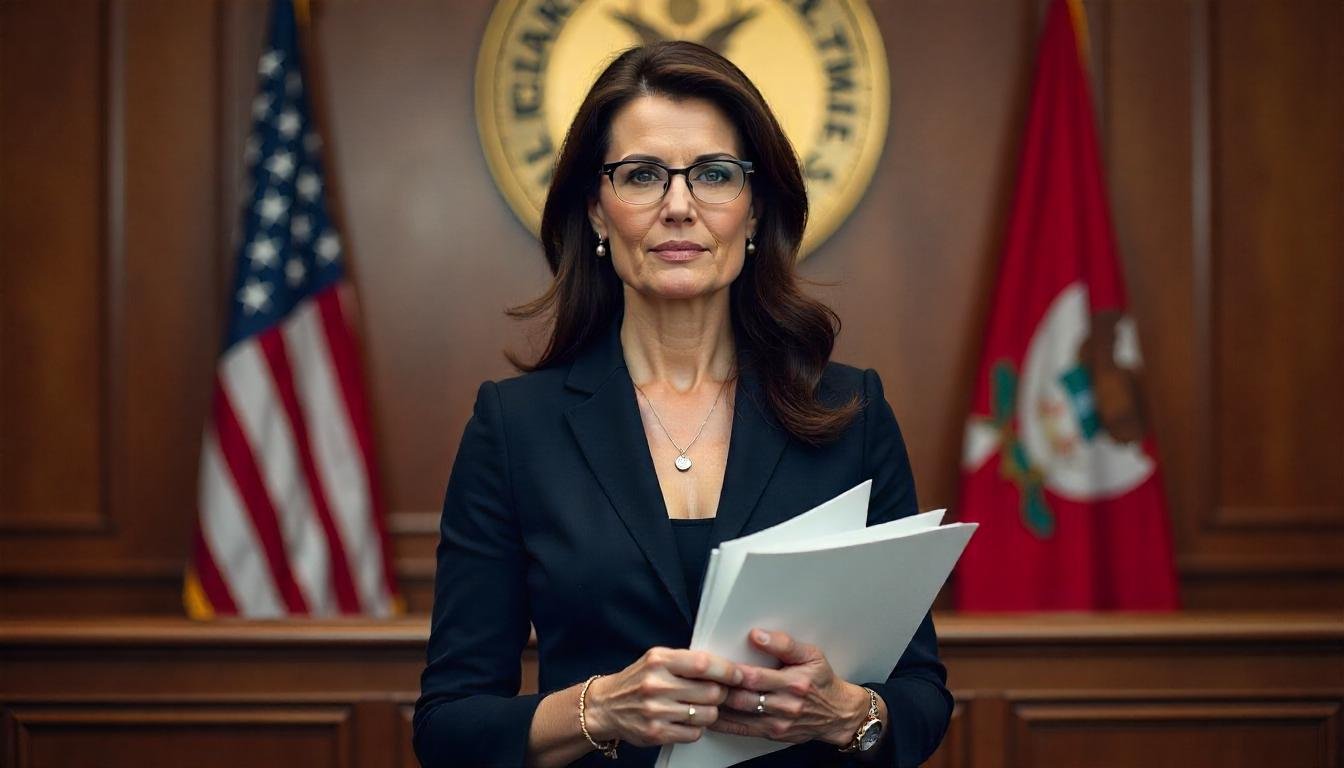Sarah Palin, the 61-year-old former governor of Alaska, has been at the centre of a high-profile political and legal maelstrom for almost ten years. In 2017, the former Republican vice presidential candidate sued The New York Times for defamation, alleging that an editorial falsely and unfairly connected her to a horrific mass murder in Arizona in 2011. The courts have decided against her after years of legal battles, reiterating the high standard that public persons must meet when bringing defamation claims against media organisations.

The Controversial Editorial
The case’s central article, “America’s Lethal Politics,” was written by James Bennet, who was editor at the time and published by The New York Times in June 2017. It was written in reaction to yet another political shooting, this time at a Virginia baseball practice that targeted Republican politicians. The editorial cited a contentious map distributed by a Palin-affiliated political action group in order to draw comparisons between the two episodes. Stylised crosshairs were drawn on Democratic-held districts on the map, including those of then-Congresswoman Gabby Giffords, who suffered serious injuries in the 2011 massacre that killed six people.
The harm, according to Sarah Palin, had already been done, even though the Times promptly corrected the article—just 14 hours later—to acknowledge that there was no concrete connection between the map and the actions of the gunman in Arizona.
A Legal Hurdle for Public Figures
According to Palin, the editorial tarnished her reputation and made her appear to be partly to blame for a national tragedy. However, public persons like Palin must demonstrate that the media behaved with “actual malice”—that is, that they wilfully disregarded the truth or published false information—in order to be protected under U.S. defamation law.
This is a challenging criterion to meet, and on purpose. Even in cases where mistakes are made, U.S. courts have long maintained that press freedom must be upheld in democracies. That opinion was confirmed by the judge overseeing Palin’s lawsuit, who concluded that she had not proven the Times had behaved maliciously.
Throughout the trial, Felicia Ellsworth, an attorney for The New York Times, insisted that this was not an instance of malicious reporting. “There is not a single bit of evidence that indicates anything other than a sincere error,” she said. To further highlight the absence of malevolent intent, Ellsworth also underlined that the problem was quickly fixed as it was discovered.
Sarah Palin’s Side of the Story
However, Palin’s legal team viewed the situation quite differently. Her attorney, Ken Turkel, described the editorial as far more than a careless oversight. “This is not an honest mistake,” he said during closing arguments. “For [Palin], it was a life-changer.”
Sarah Palin’s camp argued that the editorial struck a blow not only to her reputation but to her political future. The former governor had mounted a comeback in 2022, running twice for Alaska’s sole congressional seat—once in a special election and again during the midterm elections. She lost both races to Democratic challenger Mary Peltola, a sign that her political influence may have waned in a state she once dominated.
A Broader Conversation on Media and Accountability
The case has spurred new discussion about how to strike a balance between individual responsibility and press freedom. Despite their regretful nature, media watchdogs emphasise that mistakes are an inevitable aspect of journalism, especially when covering stories in the rapidly evolving digital era. However, public figures like Sarah Palin contend that mistakes must have some repercussions, particularly when they address sensitive subjects like mass killings.
During and after the trial, James Bennet—who has since quit The New York Times—was likewise the subject of intense investigation. Even though the editorial error was widely accepted, the court’s ruling reaffirmed that errors in opinion journalism, particularly when promptly fixed, do not qualify as legal defamation.
Final Thoughts
Even though Sarah Palin’s lawsuit was unsuccessful in court, it serves as a powerful illustration of the continuous conflict between public figures and the media. It also serves as further evidence of how the spectre of previous scandals, such as the massacre in Arizona in 2011, may persist long after the news has moved on.
Palin might not have received the validation she was hoping for from the case. But it undoubtedly sparked new national discussions about language, accountability, and the complex interrelationship between politics and the media in contemporary America. Even when the court of law says otherwise, the court of public opinion is holding public officials and journalists to ever-higher standards as the boundaries between fact, opinion, and accountability continue to blur.
